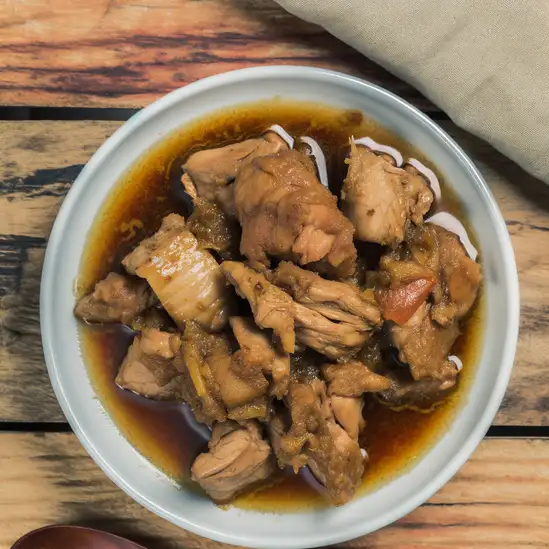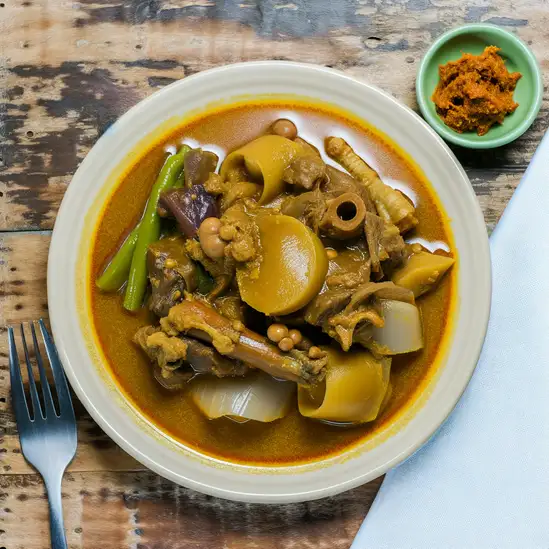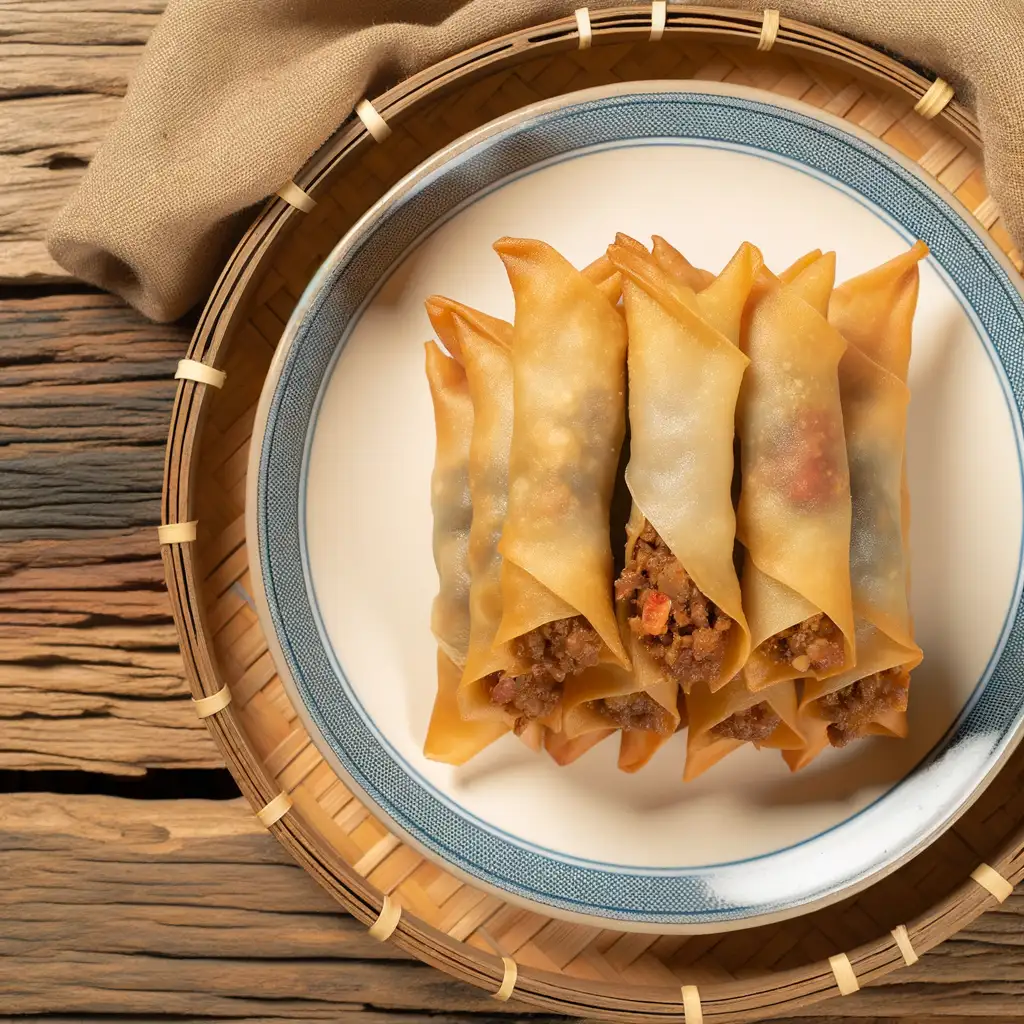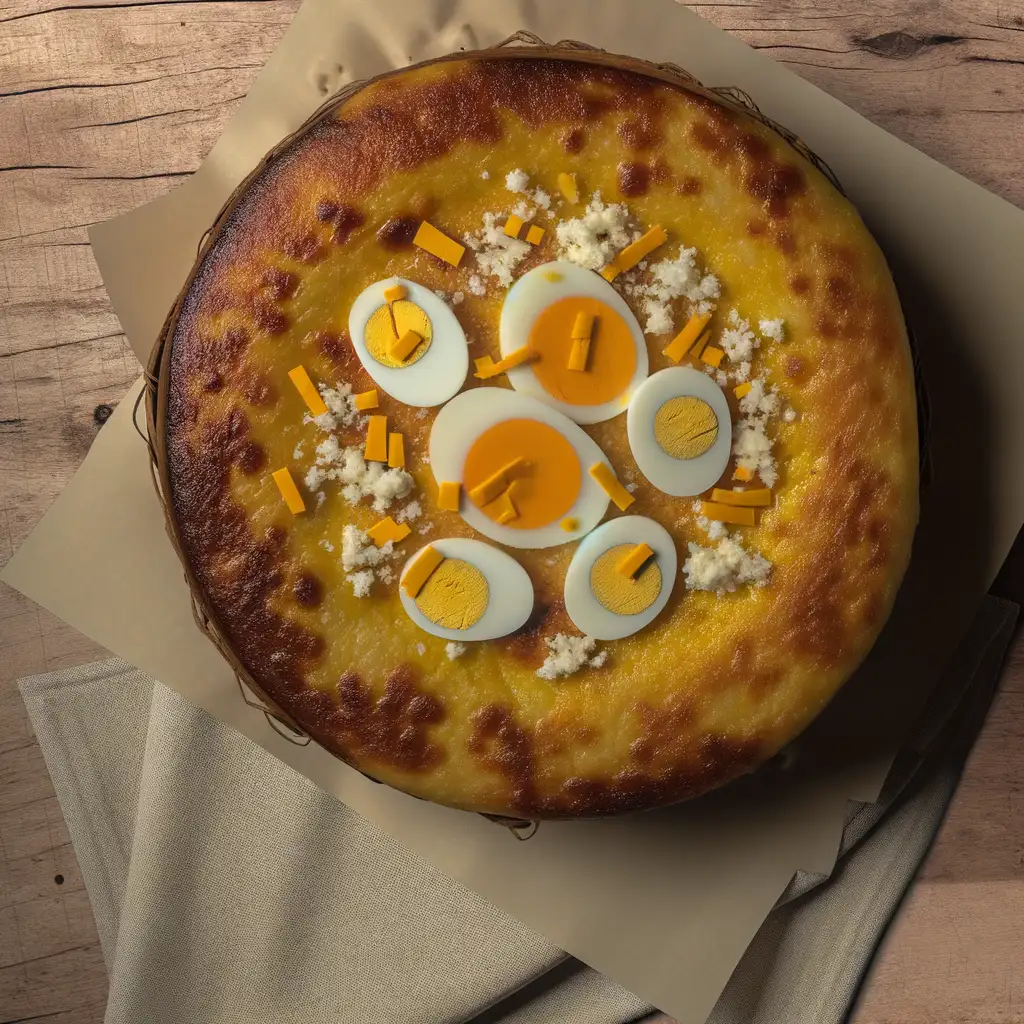



Malate feels like the heartbeat of Manila’s vibrant soul—where the city’s energy hums through the streets and the ocean breeze carries stories from the bay. When you stroll along Roxas Boulevard at sunset,the sky bursts into shades of pink and orange,and the salty air mingles with the scent of street food sizzling nearby. It’s a place where old Spanish-era buildings stand shoulder to shoulder with lively bars and cozy cafes,creating a colorful patchwork of history and modern life. The vibe here is effortlessly cool but welcoming,like a friend who’s always ready to share a laugh or a great meal. At night,the streets come alive with music spilling out from jazz clubs and karaoke bars,while vendors offer everything from sweet mangoes to freshly grilled seafood. You can hear the chatter of locals and travelers blending into a lively soundtrack that feels both familiar and exciting. What makes Malate truly special is its mix of cultures and stories. It’s a melting pot where you can find a quiet park to watch families play,a bustling market filled with vibrant fabrics and trinkets,and a thriving art scene that celebrates Filipino creativity. Whether you’re sipping a cold San Miguel beer by the bay or exploring the nearby cultural landmarks,Malate invites you to slow down,soak in the atmosphere,and become part of its ever-evolving story.
The information on this page is currently being reviewed by Tripkliq and should be used as a guide only
Eng word: Hello
Eng pronunciation: Kah-moo-stah
Local language: Kamusta
Eng word: Goodbye
Eng pronunciation: Pah-ah-lahm
Local language: Paalam
Eng word: Thank you
Eng pronunciation: Sah-lah-maht
Local language: Salamat
Eng word: How much
Eng pronunciation: Mahg-kah-noh
Local language: Magkano
Eng word: Toilet
Eng pronunciation: Bahn-yo
Local language: Banyo
Eng word: Help me
Eng pronunciation: Too-loo-ngahn moh ah-koh
Local language: Tulungan mo ako
Eng word: Yes
Eng pronunciation: Oh-oh
Local language: Oo
Eng word: No
Eng pronunciation: Hin-deh
Local language: Hindi
Eng word: Excuse me
Eng pronunciation: Pah-oo-mahn-hin
Local language: Paumanhin
The name 'Malate' is derived from the Tagalog word 'maalat,' which means 'salty.' This is believed to reference the area's proximity to Manila Bay and its salty waters.
Malate Church, officially known as Our Lady of Remedies Parish, is one of the oldest churches in Manila. Built in the late 16th century, it is dedicated to Nuestra Señora de los Remedios, the patroness of childbirth.
During the Spanish colonial period, Malate was a popular residential area for Spanish aristocrats and wealthy families, known for its elegant houses and scenic views of Manila Bay.
In the early 20th century, Malate became a hub for American expatriates and was developed into a modern residential and commercial district, blending Filipino and Western architectural styles.
Malate has long been considered a cultural hub, with its vibrant arts scene, theaters, and galleries. It continues to attract artists and performers from across the Philippines.
Roxas Boulevard, which runs along Malate, is famous for offering one of the most stunning sunset views over Manila Bay, making it a must-visit spot for tourists.
Before World War II, Malate was a popular tourist destination known for its seaside resorts, gardens, and promenades, attracting both locals and international visitors.
After significant damage during World War II, Malate underwent extensive reconstruction, transforming into a bustling district with a mix of historical landmarks and modern establishments.
Adriatico Street in Malate is renowned for its diverse dining options, lively nightlife, and historic charm, making it a favorite destination for both locals and tourists.
In Malate, the most common Power Adaptor is Type A, Type B.



A savory dish made with meat (usually chicken or pork) marinated in vinegar, soy sauce, garlic, and spices, then slow-cooked until tender.

A sour soup typically made with tamarind, tomatoes, and various vegetables, often cooked with pork, shrimp, or fish.

A rich and hearty stew made with oxtail, tripe, and vegetables, served with a thick peanut sauce and often accompanied by shrimp paste.

A popular Filipino dessert made with crushed ice, sweetened fruits, jellies, and topped with leche flan and ube ice cream.

Crispy spring rolls filled with ground pork, vegetables, and spices, often served with a sweet and sour dipping sauce.

A traditional rice cake made with rice flour, coconut milk, and sugar, often topped with salted egg and cheese, typically enjoyed during the Christmas season.

A thick noodle dish topped with a variety of seafood, vegetables, and a savory sauce, known for its distinct flavor and presentation.
Imagine stepping into a place where history hums through the streets and the ocean breeze carries the scent of salty adventure—that’s Cebu City for you. The moment you arrive,there’s this lively energy that wraps around you,a mix of old-world charm and modern buzz. You’ll find yourself wandering through colorful markets where the chatter of vendors blends with the aroma of freshly grilled street food—think sweet,smoky lechon sizzling over coals,tempting you at every corner.
Cebu’s character is a beautiful blend of the past and present. Ancient Spanish forts and centuries-old churches stand proudly alongside sleek cafes and vibrant street art. The city pulses with warmth,not just from the tropical sun but from the people who greet you with genuine smiles and stories. At night,the streets light up with music and laughter,and you can almost taste the festive spirit in the air.
What really makes Cebu unforgettable is how it feels alive in every sense. You can hear the waves crashing nearby,see the colorful jeepneys weaving through traffic,smell the tropical fruits at the market,and feel the warmth of the sun on your skin as you explore. It’s a place where culture,history,and everyday life blend seamlessly,inviting you to dive in and experience its vibrant soul firsthand.
If you ever find yourself craving a place where nature’s calm meets a laid-back island spirit,Puerto Princesa is where you want to be. The moment you step off the plane,there’s this warm,salty breeze that wraps around you,carrying the faint scent of the sea and tropical blooms. It’s a city that doesn’t rush — people move with a gentle rhythm,and the streets hum softly with the chatter of locals and the occasional strum of a guitar from a nearby café. It feels like a breath of fresh air,both literally and figuratively.
What really makes Puerto Princesa stand out is its deep connection to nature. The famous Underground River is just the beginning — lush mangroves,crystal-clear waters,and vibrant coral reefs surround the city,inviting you to explore. You can hear the calls of exotic birds in the morning and watch fishermen bring in their catch as the sun dips low,painting the sky in shades of pink and orange. The food scene here is a delightful surprise too — fresh seafood grilled right on the beach,sweet tropical fruits bursting with flavor,and local dishes that tell stories of the sea and the land.
But beyond the sights and tastes,it’s the people who make Puerto Princesa unforgettable. Their warmth and genuine smiles make you feel like you’re not just visiting,but truly welcomed. Whether you’re wandering through the bustling market or sharing a laugh with a vendor,there’s a sense of community that lingers long after you leave. It’s a place that invites you to slow down,soak in the simple joys,and leave with a heart full of stories.
If you ever find yourself wandering through the heart of Bohol,Tagbilaran City greets you with a warm,unhurried rhythm that feels like a gentle hug after a long journey. The city hums with life—not the overwhelming buzz of a metropolis,but a lively,welcoming energy where jeepneys rattle by and street vendors call out their fresh fruit and local snacks. As you stroll along the waterfront,the salty breeze carries the faint scent of grilled seafood mingling with tropical flowers,inviting you to slow down and savor the moment.
Tagbilaran’s charm lies in its blend of old and new. You’ll catch glimpses of Spanish-era churches standing proudly beside colorful markets where locals barter over ripe mangoes and sticky rice treats. The city’s pulse is deeply tied to its people—friendly,easygoing,and proud of their heritage. At night,the streets light up with laughter and music spilling from small eateries where you can taste the rich flavors of Boholano cuisine,like the sweet,tender kalamay or freshly caught fish cooked with coconut milk.
What really stays with you is the city’s sense of community and its connection to the sea. Whether you’re watching fishermen haul in their catch at dawn or joining a lively fiesta,Tagbilaran feels like a place where stories are shared over steaming cups of coffee and where every corner invites you to discover a new layer of its soul. It’s not just a stopover—it’s a place that quietly pulls you in and makes you want to stay a little longer.
If you ever find yourself craving a place where history hums softly alongside the buzz of everyday life,Iloilo City is where you want to be. The moment you step into its streets,there’s this warm,inviting energy—like the city is gently nudging you to slow down and savor its stories. You’ll notice the colonial-era buildings standing proudly beside modern cafes,their facades telling tales of centuries past. The air carries a subtle mix of salty sea breeze and the sweet aroma of freshly baked pan de sal,making every morning feel like a comforting embrace.
Walking through Iloilo,you’ll hear the lively chatter of locals,the clinking of glasses in cozy eateries,and the distant strum of guitars from street performers. The city’s character shines brightest in its festivals,especially the Dinagyang,where vibrant costumes and rhythmic drums fill the streets with infectious joy. But even on quieter days,the genuine smiles of Ilonggos and their easygoing hospitality make you feel like you’ve found a second home.
And then there’s the food—oh,the food! From the rich,savory batchoy served steaming hot in humble noodle shops to the sweet,creamy taste of fresh mangoes,every bite is a celebration of local flavors. Iloilo isn’t just a place to visit; it’s a place to experience,where every corner invites you to pause,breathe,and fall a little in love with its soul.
If you ever find yourself craving a place where vibrant city life meets the gentle embrace of nature,Davao City is where you want to be. The moment you step off the plane,there’s this warm,welcoming energy that wraps around you—like the city itself is inviting you to slow down and savor every moment. The air carries a subtle mix of tropical blooms and the faint,salty hint of the nearby sea,while the streets buzz with a friendly hum of jeepneys and chatter in a melody of languages.
Walking through Davao,you’ll notice how the city wears its culture proudly. From the colorful street markets where vendors call out their fresh fruits and local delicacies,to the intricate weaves and crafts that tell stories of indigenous tribes,there’s a deep respect for heritage here. And the food? Oh,the food! Imagine biting into a juicy durian (if you’re brave enough),or savoring grilled tuna so fresh it practically melts in your mouth,all while sipping on a sweet,refreshing calamansi juice.
What really sets Davao apart is its balance—towering mountains and lush parks sit just a short drive from bustling urban spots. You can spend your morning hiking up Mount Apo,the Philippines’ highest peak,then wind down with a stroll along the riverwalk as the sun dips low,painting the sky in shades of orange and pink. It’s a city that feels alive but never rushed,where every corner invites you to explore,taste,and connect.
Famous for the majestic Mayon Volcano and as a gateway to the nearby islands of Albay and Sorsogon,including the whale shark interaction in Donsol.
ExploreScammers install skimming devices on ATMs to steal card information and PINs from unsuspecting tourists.
Some bars or clubs inflate bills or add hidden charges, especially if tourists are intoxicated or unaware of local pricing.
Money changers may use sleight of hand or provide incorrect exchange rates to shortchange tourists.
Vendors sell counterfeit or low-quality items as authentic local crafts at high prices.
Scammers pose as tour guides and offer to show tourists around, charging exorbitant fees for basic or misleading information.
Scammers befriend tourists and invite them for drinks, only to leave them with an exorbitant bill or spike their drinks to rob them.
Some taxi or tricycle drivers refuse to use meters and charge tourists inflated fares, especially for short distances.
Thieves target tourists in crowded areas, stealing wallets, phones, or bags without them noticing.
Individuals approach tourists with fabricated stories of hardship to solicit money, often as part of an organized scam.
Tourists are lured into street games or card tricks, which are rigged to ensure they lose money.
The Philippines has some of the strictest drug laws in the world. Possession, use, or trafficking of illegal drugs is a serious offense and can result in severe penalties, including long prison sentences or even the death penalty in extreme cases. Tourists should avoid any involvement with illegal drugs and be cautious about their belongings to ensure they are not unknowingly carrying prohibited substances.
In Malate, Philippines, smoking is regulated under the nationwide Executive Order No. 26, which enforces a strict smoking ban in public places. Smoking is prohibited in enclosed public spaces, workplaces, and public transportation. Designated smoking areas (DSAs) may be available but must comply with specific guidelines. Violators can face fines or penalties, so tourists should avoid smoking in non-designated areas.
Vaping is subject to similar regulations as smoking under the same Executive Order No. 26. Vaping is prohibited in public places, enclosed spaces, and public transportation. Designated vaping areas may exist, but they are rare. Tourists should exercise caution and avoid vaping in public to avoid fines or penalties.
What are other people saying about Malate?
Recent Social posts about Malate
There is nothing to show you for now.